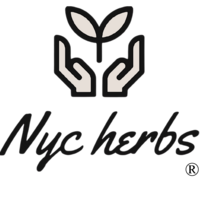Cuachalalate (Amphipterygium adstringens), also known as Coachalalate, Cuachalate, or Mexican Bark, is a revered tree bark from Mexico with deep roots in traditional herbal practice. For centuries, it has been brewed into teas and tonics to support digestion, soothe the stomach, and promote internal cleansing.
Often valued for its astringent and protective qualities, cuachalalate is also used in folk traditions to strengthen immunity, support oral health, and restore balance after illness. Its earthy flavor and grounding nature make it a staple in many wellness households.
Available Forms: Bark pieces
Pairs Well With:
-
Dandelion Root – for liver and cleansing synergy
-
Chamomile – to calm the stomach and ease tension
-
Red Clover – for gentle detox and blood support

